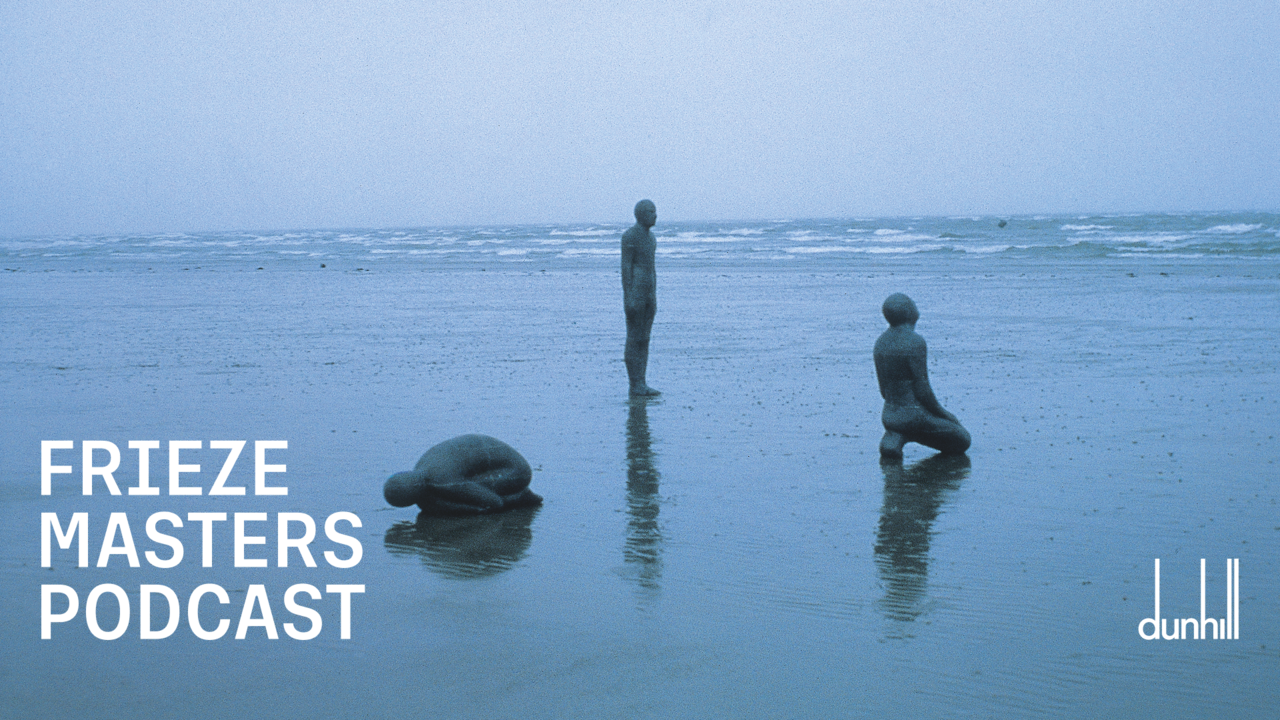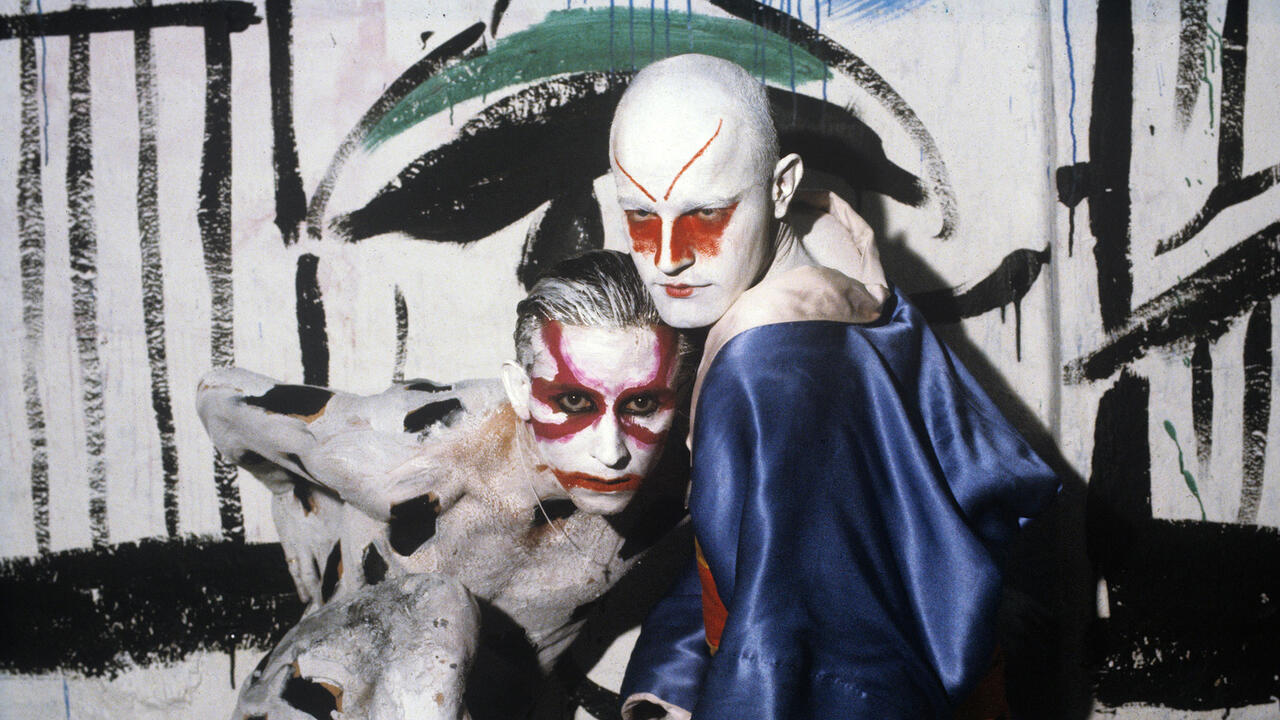Jack Goldstein

Jack Goldstein always seemed to be running away from himself. As recounted in Richard Hertz’s 2003 book Jack Goldstein and the CalArts Mafia, the artist had a tempestuous relationship to his work, to the art world and to his own life. Hertz gives a collaged portrait of an artist who was at once talented, paranoid, ambitious, intellectually sophisticated and fatally flawed. It was the result of this convergence of talent and anxiety (the sine qua non of any artistic success story) that made Goldstein something of a poster boy for artists whose promising careers went off the rails.
Emerging from CalArts in the early 1970s, Goldstein extended his then post-Minimalist-inspired sculpture into the realm of film. It was in this medium that the artist would initiate his disappearing act by taking himself out of the production loop and working with film crews. It was Goldstein’s 26-second 16mm film The Jump (1978) that would take on the form of a barely visible avatar for the artist himself: starting with a piece of found footage of a diver appropriated from Leni Riefenstahl’s 1938 film Olympia, he employed the painstaking animation technique of rotoscoping (which he paid technicians to perform) to black out the background of the film clip while illuminating the body with points of prismatic light. The diver tumbles over and over again in an eternally recurring leap into the void.
The Jump was the establishing shot in Philip Kaiser’s necessary and deftly curated retrospective ‘Jack Goldstein x 10,000’ at the Orange County Museum of Art (OCMA), which brought together more than 60 of the artist’s works in sculpture, film, photography, sound recording, writing and painting, for the first time in the US. With the exception of The Jump, the exhibition followed Goldstein’s career chronologically, breaking in the middle with the artist’s mid-career shift to a painterly practice. Kaiser’s installation then cut to a set of conceptually inflected films, such as the strangely affecting Jack (1973), in which the camera moves one step back from a lone figure in the desert every time he yells the name ‘Jack’, until the figure dissolves into the landscape.
Nearby, Goldstein’s Metro-Goldwyn-Mayer (1975) was projected on its own wall, a repetitive looping appropriation of the few seconds of the classic film credit sequence from MGM films with its lion roaring over and over again under the banner ‘ars gratia artis’ (art for art’s sake). The irony of that phrase and the moving image of the purloined lion caught in a perpetual stutter would seem to offer both a commentary on the realities of Hollywood as well as that of the death of Modernism that would be so vigorously theorized in the coming years. If one waited long enough, the lion would enter into a bestial call and response with the trained German Shepherd of the artist’s 1975 film Shane, who barked on command rhythmically as if he were laying down some beats or calling to an absent master. These films, some of which were included in Douglas Crimp’s ‘Pictures’ exhibition at Artist Space in New York in 1977, composed the conceptual heart of this show as well as that of Goldstein’s oeuvre.
The second half of OCMA’s retrospective moved on to a muscular consideration of Goldstein’s painting that almost uniformly comprised the last 14 years of his career before his suicide in 2003. It was here that the artist completed his greatest disappearing act, appropriating images from the media world around him, both past and present, and then hiring technicians to render the images with the fewest traces of human presence possible. Turning to painting admittedly as much as a result of market demand as for any critical reasons, this medium became simply another means to erase his subjectivity while paradoxically enacting a desire to be seen and heard. In essence, his paintings became another kind of projection screen. Kaiser makes an interesting suggestion about the death of the author in his catalogue essay. As a vanguard member of the ‘Pictures’ generation that took the practice of appropriation as its banner, none of the philosophical proponents of the so-called erasure of subjectivity ever really discussed the overtly subjective quality of choosing and selecting which images to appropriate. Like the MGM lion’s compulsive repetition of its roar, Goldstein chose images and produced painting after painting to feed the market but without the factory set-up of someone like Warhol. The images he chose were spectacular but flat: World War II air raids, dramatic lightning strikes, and almost digitally abstracted rings of fire. Their technical production left them hermetically sealed; their production left him destitute. Brought together under the auspices of this exhibition they collectively provide an impossible portrait of an artist who was impossible to locate in his own work.















